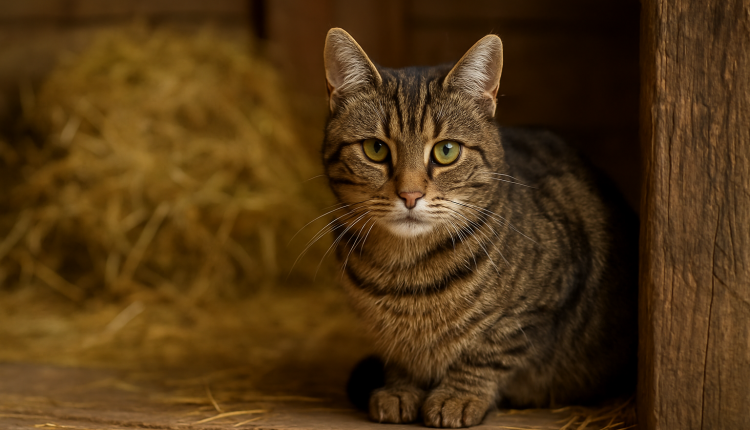The Hidden Power of Working Cats: How Feline Hunters Boost Well-Being and Pest Control
In many households, cats are beloved companions known for their playfulness, quiet presence, and occasional bursts of mischief. But beyond cuddles and purrs, some cats step into a vital, age-old role: working cats. From barn dwellers to urban pest controllers, working cats tap into their natural instincts and provide real benefits to both humans and the spaces they inhabit.
What Are Working Cats?
Working cats encompass any community or household feline whose primary role is pest management—be it barn cats, warehouse mousers, or even library cats. Shelters often place otherwise unadoptable feral or semi-feral cats into such environments. These cats enjoy a safe, supported life while performing perfectly suited tasks for their hunting abilities. They are typically vaccinated, spayed or neutered, and receive regular care—often in exchange for their pest control services.
Why Working Cats Thrive Where Others Struggle
These cats aren’t chosen for their cuddliness or desire to curl up on laps. Rather, they thrive in environments where they feel useful and free to follow their instincts. Their independence makes them ideal residents in rural or semi-rural settings, workshops, garages, or community spaces—places that may not suit a domesticated pet’s need for constant human interaction.
The Mutual Benefits for Cats and Caregivers
Natural Pest Control
Experienced working cats expertly suppress rodent populations, reducing reliance on harmful chemicals or traps. Their presence alone often deters pests, making them invaluable to barns, stables, warehouses, and even businesses.
A Comfortable, Purposeful Life
Working cats that adapt well typically enjoy better quality of life than unplaced feral cats. With access to shelter, regular feeding, and veterinary care, they live safely and comfortably—often much longer and healthier than they would on their own.
Shelter Partnerships and Win-Win Outcomes
Shelters benefit by placing cats who might otherwise face limited adoption options. Communities benefit from pests reduced, and cats benefit from sanctuary. This approach is humane, practical, and resourceful.
Setting Up a Successful Working Cat Program
To make a working cat arrangement thrive, a few key factors should be in place:
- Safe Shelter: Provide insulated, weatherproof shelters—adequate for protection from harsh weather and predators.
- Consistent Food and Clean Water: Unlike feral cats that must hunt daily, working cats depend on caregivers for nourishment and hydration.
- Routine Veterinary Care: Vaccinations, spaying/neutering, and check-ups reduce disease risks and control population.
- Respect Their Independence: These cats are not lap cats; they provide value through their presence and prowess, not by seeking affection.
- Monitor and Adjust: Occasionally check that cats are healthy and adapting—working cat roles evolve, and environments change.
Beyond Pest Control: Emotional and Ethical Advantages
Though affection isn’t the primary goal, working cats often form quiet bonds with their environments and caretakers. Their presence can lower stress levels and foster a deeper appreciation for the value of coexistence with animals that offer services beyond companionship. In many ways, working cats reconnect us with the primal, symbiotic relationships between humans and animals.
Avoiding Common Pitfalls
To ensure success and the well-being of the cat:
- Never leave food traps or snares near working cats.
- Refrain from introducing overly dominant animals that may discourage cats from patrolling.
- Watch for signs of distress, injury, or illness—working cats still need monitoring like any pet.
- Ensure the cat has spaces to retreat—quiet zones where they won’t be disturbed are essential.
Working cats remind us that not all feline contributions come from snuggles. For the right cat in the right setting, working isn’t just a task—it’s a place to thrive. Whether on a farm, in a community space, or a cozy corner of a business, these natural hunters partner with humans in a way that’s deeply rooted in both utility and compassion.

